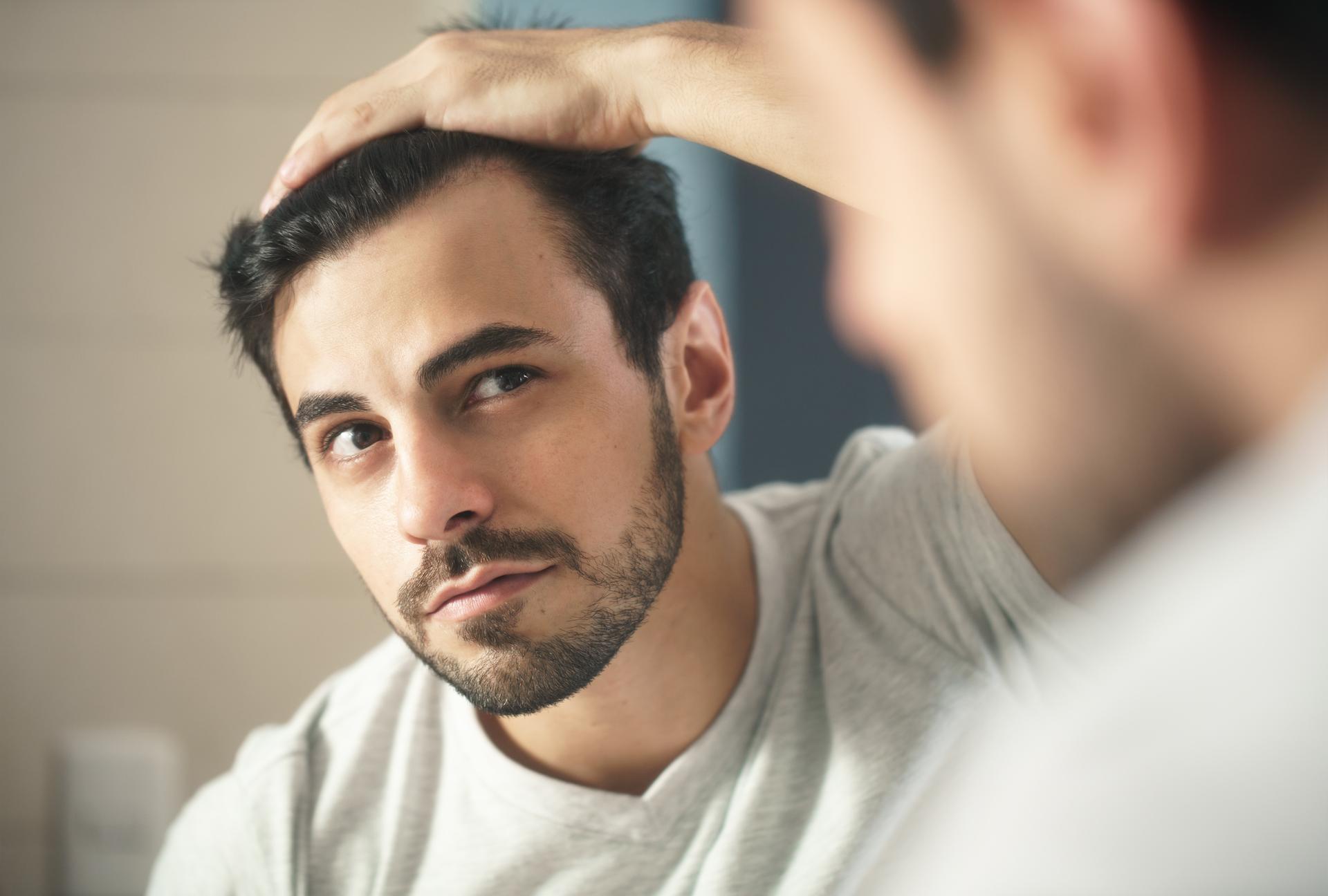With age, due to an underlying condition, or for some other reason, your hair might become thin. Research also states that approximately 40% of women have some level of hair thinning, reaching 40. So, this is a big issue, and you might be wondering about the causes and solutions. You may have questions like how can I thicken my hair or increase the growth of my hair? Can any dietary changes, medications, or treatments improve the growth of your hair? We will answer all these questions.
Although there is no method to change the texture of the hair follicles, there are many ways to make the hair appear thicker and reduce breakage and damaging hair. In this blog, you will come across many valuable tips that can help you turn your hair thicker.
How Does Hair Growth Occur?
Hair grows from a root at the bottom of a follicle under your skin. The blood in your scalp goes to the follicle and supplies oxygen and nutrients to the hair root, which helps in hair growth.
Hair growth happens in a cycle consisting of three phases:
1. Anagen
This phase is the initial active growth phase. Most hairs spend a good amount of time in the growth phase.
2. Catagen
The catagen phase is called a transitional stage, and about 3% of all hairs are in this phase at any time. This phase lasts for about two to three weeks.
3. Telogen
Telogen is the resting phase and usually accounts for 6% to 8% of all hairs. This phase lasts for about 100 days for hairs on the scalp and longer for hairs on the eyebrow, eyelash, arm, and leg. This is also known as the transitional stage. Over months, hair growth stops, and the old hair gets detached from the hair follicle, and new hair begins the growth phase, pushing the old hair.
Causes of Hair Loss
Losing up to 100 strands in a day is normal, but if the number consistently exceeds, it is a symptom of hair loss. This generally happens in old age. As people grow older, their hair often starts losing volume and thickness. Causes of hair loss include:
- Hereditary hair loss
- Fungal infections on the scalp
- Hairstyles that cause discomfort to the scalp
- Cosmetic care that damages the hair
- Hormonal Changes
- Medical treatment such as chemotherapy
- Nutritional deficiencies
- Stressful events (losing a loved one, having surgery, etc.)
- Thyroid
See Also: Key Causes of Thinning Hair and How to Treat It
Prevention of Hair Loss
Everyone wants healthy and good textured hair, but how to achieve it is a matter of concern. Here are a few tips to prevent your hair loss:
- Keep your scalp clean
- Condition your hair
- Avoid heat styling
- Choose the right hair care products
- Warm oil massages
- Use a wooden comb
- Enrich our diet
- Avoid tight hairstyles
- Exercise daily
Apart from following these tips, use the right hair products as well. Follow a healthcare routine comprising specific products to prevent hair loss. To ensure that your hair stays healthy, you need some hair care products in your bathroom cabinet, like anti-hair fall shampoo and strengthening oils. Before trying out a new product, it is important that you are using dermatologically tested products to prevent any negative reactions.
See Also: Fue vs. Fut Hair Transplant – What Are the Differences?
Treatment Options for Hair Loss
Some of the major hair loss treatment options include:
1. Minoxidil (Rogaine)
It can be used by both men and women to help regain hair or hair loss. It is known as shampoo, liquid, or foam in stores. Minoxidil is available in two concentrations, 2% and 5%. The product is applied topically to the body sections with thinning hair. For androgenetic alopecia, this is a safe and efficient treatment.
2. Finasteride
Finasteride (Propecia) is a drug taken orally. Hair loss sufferers should take 1 mg per day. This is generally prescribed for people who have tried and failed with minoxidil.
3. Hair Restoration Surgery
If medications and other methods do not work, your doctor may recommend going for Follicular Unit Extraction (FUE) or Follicular Unit Transplantation (FUT) surgery to restore your hair. FUE and FUT surgery are often combined with other hair restoration methods to enhance the results of the hair transplant procedure.
Hair transplantation can guarantee the best result if performed by professionals. If you are looking for the best hair restoration in freehold, NJ, contact us today. At New Jersey Hair Restoration Center, we have some of the best hair restoration doctors in NJ, and they are committed to providing the best treatment plan for your hair-related issues.


